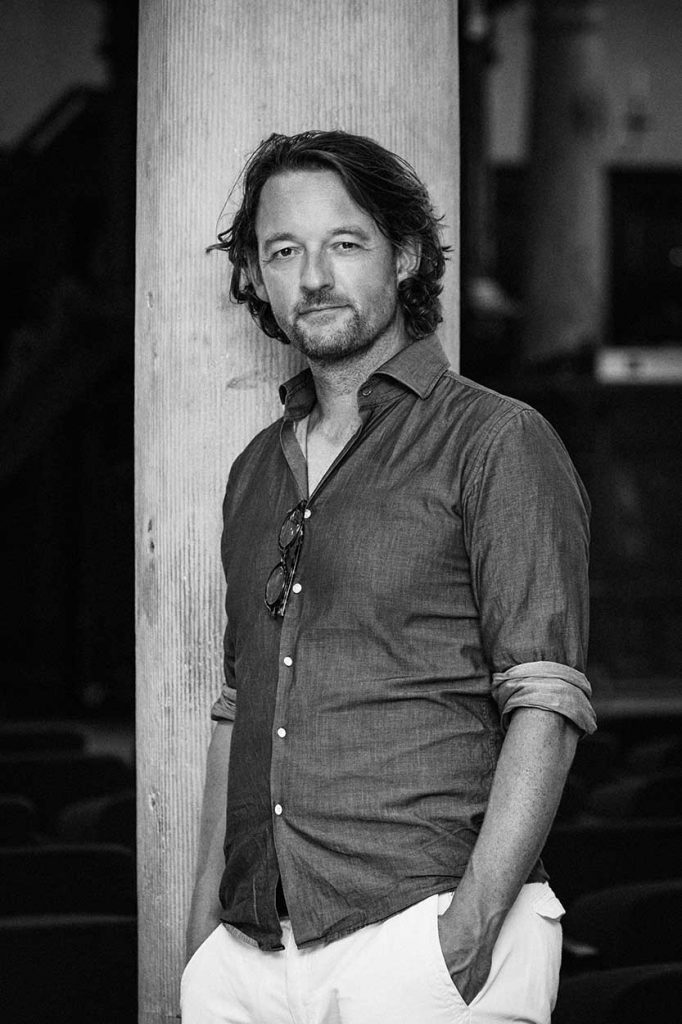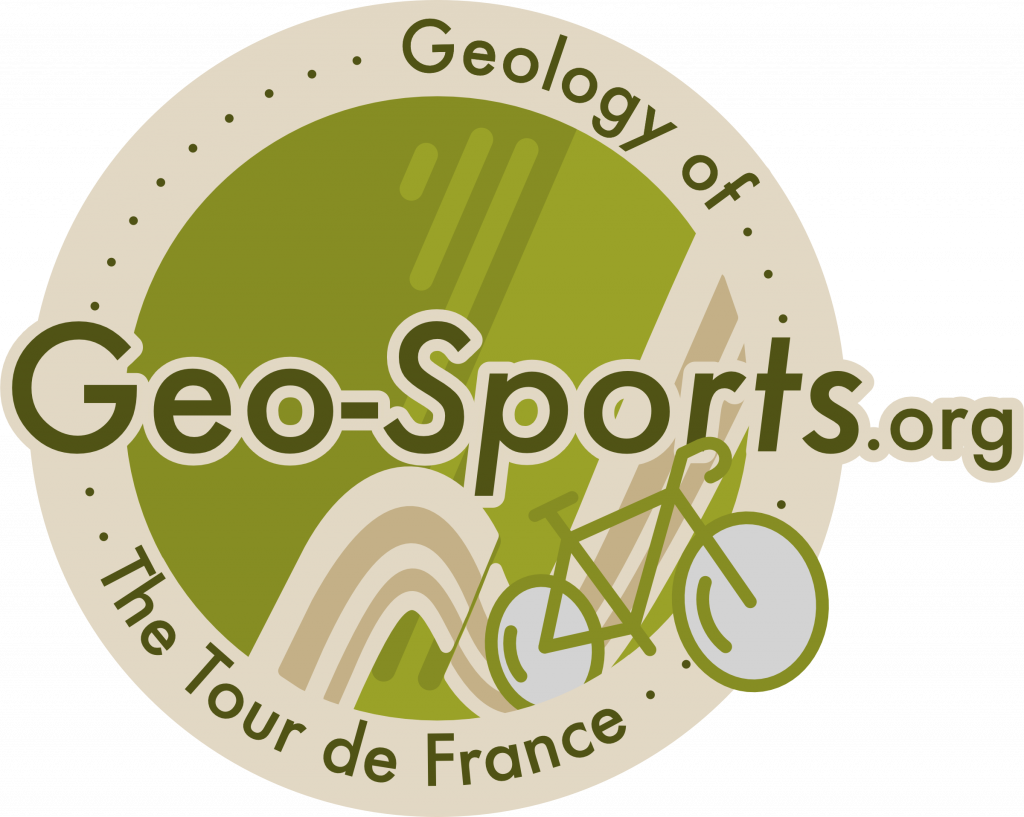Welcome to the website of Douwe J.J. van Hinsbergen
Full Professor
Chair in Global Tectonics and Paleogeography
Department of Earth Sciences
Utrecht University
Vening Meinesz Building A
Princetonlaan 8A
3584 CB Utrecht
the Netherlands
e-mail: D.J.J.vanHinsbergen – AT – uu.nl
For information on the Geology of the Tour de France, se e
e
Recent papers:
Recently in the media:
Eos (USA) – 300 Million Years of Polar Wander: Slowly but Surely
The Brighter Side (USA) – Easter Island’s volcanoes are older than the ocean floor
Map of global distribution of papers and fieldworks
Hi, and welcome to my homepage!
This page summarizes my life as a geologist, tectonicist, and geodynamicist. In my research , I aim to understand what drives plate tectonics. To achieve this, I especially focus on the process of subduction: at subduction zones, plates dive into the Earth’s mantle. This process leaves distinct geological records that allow us to reconstruct when it started and stopped, how fast it occurred through time, and what kind of crust was subducted (oceanic, plateau, arc, continent). Such reconstructions are made through detailed field geological studies, as basis to make reconstructions of the plates and plate boundaries that have been lost to subduction. In the field, my team and I study the architecture of subduction-related mountain belts, of ophiolites that are key to restore subduction initiation processes, and sedimentary basins that record the vertical motions and the erosion associated with such mountain belts, using structural geology and stratigraphy. We integrate this with paleomagnetic research to determine vertical axis rotations and paleolatitude evolution. In addition, we try to improve paleomagnetic methods, and develop online apps to help the paleomagnetic community share their results, and make them easily available for neighboring fields. I integrate these quantitative geological and paleomagnetic constraints into kinematic reconstructions, of which the files are available on this website, of lost continents and oceans, and the former tectonic plates that hosted these.
The reconstructions of subduction history from mountain belts we then use to reconstruct how plates sank into the Earth’s mantle. Such sunken plates (slabs) are imaged through seismic tomography, and determining which slab belongs to which orogen places constraints on vertical motions within Earth’s interior. We summarized all these correlations in the Atlas of the Underworld, which now allows developing plate reconstructions in 4D, as place novel constraints on convection within the Earth’s mantle. In addition, I collaborate with magmatic geochemists and petrologists to find compositional traces of subduction within the Earth’s mantle, and find out how long upper mantle heterogenieties due to sudbuction may remain traceable, and how these move relative to plates and deep mantle. Finally, with the constraints from the Atlas, we have moved on to use seismic tomography as input to reconstruct geological evolution where geology alone is inconclusive.
My team and I then use 4D plate reconstructions are then used as input to numerically model the dynamics of the interior of the planet, and to estimate properties of the planet’s interior that cannot be measured directly. Through this, we aim finally aim to understand how subduction is driven by or drives mantle convection, and how 1000’s of km of plate can sink into a mantle that is no more than 3000 km deep and still produce rapid plate motion changes and plate reorganizations.
These research lines towards understanding the drivers of plate tectonics also produce several spin-offs. The reconstructions of plates and lithosphere lost to subduction allows to reconstruct paleogeography and solid Earth-climate interaction. We are currently trying to develop an online paleogeography calculator that provides quantitative boundary conditions for research in paleobiology, paleoclimate, and paleoceanography, as well as geodynamics. I am particularly interested how the life that evolves on these moving plates, and influences denudation and sedimentation that is then buried in subduction zones, influences the dynamics of the interior of our planet, in a continuing interaction between evolving life and a cooling dynamic planet. Finally, I am exploring how our new insights into mantle convection and orogenic evolution may aid economic geological exploration.
I actively seek the (inter)national media to communicate my scientific results to the wider public, particularly through our Geo-Sports initiative. I hope our findings will inspire people to inquire, study and question the world around them. See for instance the Youtube movie of our animation of the Mountains of the Future, and the reconstruction of Greater Adria below!
